
RWBAHC Soldier Shows compassion, initiative in COVID-19 Screening
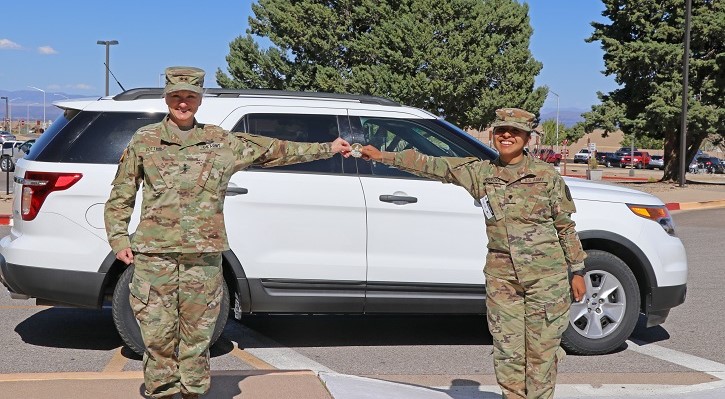
Maj. Gen. Laura A Potter, Commanding General U.S. Army Intelligence Center of Excellence and Fort Huachuca presents a coin to Raymond W. Bliss Army Health Center Soldier, Spc. Cynthia A. Herrera. Herrera received the coin in recognition of her self-motivation to learn sign language in order to ask the screening questions to a hearing impaired WBAHC team member. (Rachel M. Williams)
Like every other medical treatment facility, Raymond W. Bliss Army Health Center at Fort Huachuca, Ariz., screens all its visitors for COVID-19. Every morning, Soldiers greet all arrivals, including employees, at the door with the most up-to-date screening questions before allowing anyone entrance into the clinic.
Spc. Cynthia A. Herrera, one of the screeners, made it a point to greet everyone with a smile, including RWBAHC team member, Stephen C. Derrick, who works in Patient Administration, and is hearing impaired. This made asking the screening questions difficult.
“Every morning we would greet and screen our team members, as instructed;” Herrera said, “however, we struggled to communicate with our hearing impaired team member. Each morning we would greet him with a smile and a wave, but couldn’t ask the screening questions appropriately. With the severity of everything going on, we couldn’t continue to let him go by without being properly screened.”
“Everyone tries to communicate the best they can, and it’s very nice that they make an effort. Oh, I would love to be able to talk more freely if more people knew how to sign,” said Derrick.
Herrera decided to do something about the problem.
“I became motivated to learn the screening questions to not only screen appropriately, but to ensure he felt like he was a part of the team,” Herrera explained. “I watched a lot of COVID-19 news casts in ASL [American Sign Language] that were uploaded on YouTube, which were way too fast for me to learn from. I then kept looking up ‘how to sign’ and kept watching videos on the ASL video dictionary. Once I knew how to sign the questions, I took some time practicing them. Shortly after, I realized I needed to know how to interpret his possible responses and what actions needed to be taken if he said ‘yes.’ Like with anything new, I was very nervous that I would sign something incorrectly that could possibly offend him. I just kept practicing for a couple of days until I felt comfortable communicating with him.”
She chose Friday, April 10, to try to sign the screening questions to Derrick. Derrick said he was very surprised by her greeting and questions in sign language that morning.
“Mr. Derrick smiled and repeatedly thanked me. It was later brought to my attention that he walked away with tears of joy,” Herrera said.
Capt. Gary “Chris” Piontek, Company Commander was glad to hear the about the compassion and initiative one of his Soldiers displayed.
“I learned that Spc. Herrera had taught herself the screening questions in sign language the morning of April 10. Her NCO, Sgt. 1st Class [James] Van Sickle, stopped me as I was walking down the hallway and informed me that another civilian team member witnessed it and came to tell him earlier. The first person I told afterward was my wife. I told her that I pretty much had a “proud dad” moment and that it made my heart happy,” Piontek said.
Piontek told the command team about the situation.
“They were all equally impressed, and it immediately brought smiles to their faces,” he said.
Lt. Col. Wendy Gray, RWBAHC Commander, shared this story with Maj. Gen Laura Potter, Commanding General, Fort Huachuca.
“I believe this type of behavior needs to be highlighted and awarded because it is truly what makes this organization great and makes a team and a family,” Gray explained.
Potter presented Herrera with a coin and her thanks. “When I heard about this story, it really warmed my heart,” Potter said.
Not the type to rest on her accolades, now that Herrera identified a need within her team, she decided to continue teach herself sign language and improve on her knowledge.
“Since learning to sign the screening questions, I have learned common phrases, like ‘how are you’ and ‘have a good day,’ so that I would be able to use [them] in passing our team member.”
“It [learning ASL] showed initiative and made a lasting impact," Piontek explained. "One can become complacent very easily when manning the screening table day-in and day-out. It was refreshing to see that she chose to spend her “down-time” in a productive manner that would improve the quality of life for other people,” he continued. “Her initiative, selflessness, and compassion has shown that she has the potential to be a great leader in the future.”
Disclaimer: Re-published content may be edited for length and clarity. Read original post.
DHA increases access to telehealth during COVID-19 pandemic
Article
5/19/2020
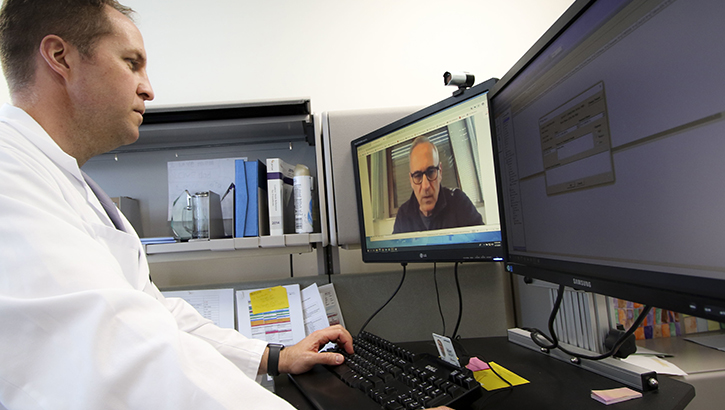
Use of telehealth role increases to prevent COVID-19 spread
METC creates innovative training to graduate RT students
Article
5/19/2020
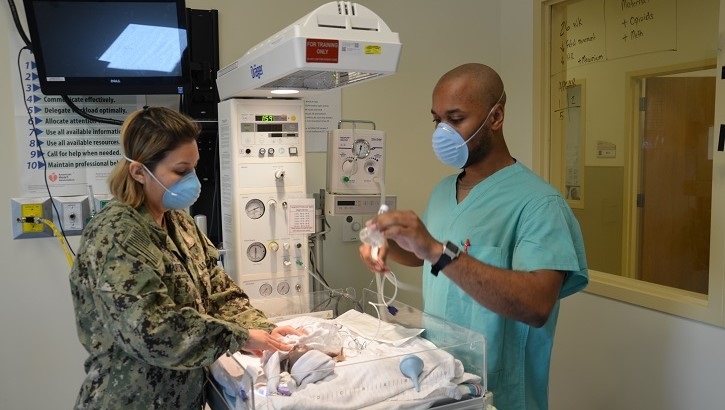
When COVID-19 interrupted phase 2 clinical training a class of Army and Navy respiratory therapist students needed to from the program, their clinical training instructors developed a plan and put it to action.
Military chaplains emphasize spiritual health during COVID-19 pandemic
Article
5/19/2020
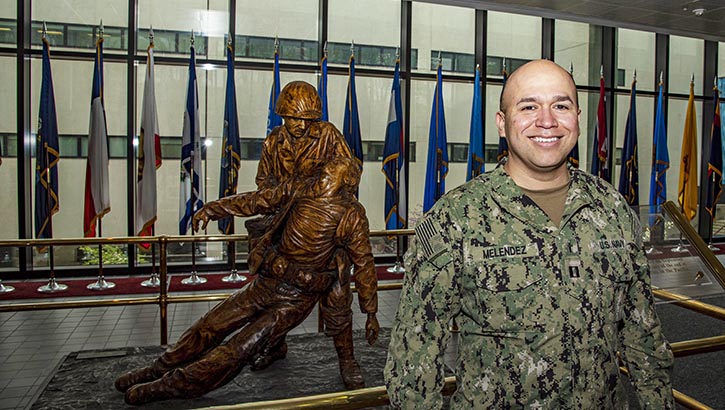
In a time of great fear, spiritual health remains an important domain of Total Force Fitness.
Expert panel on infection control to tackle COVID-19 questions
Article
5/18/2020
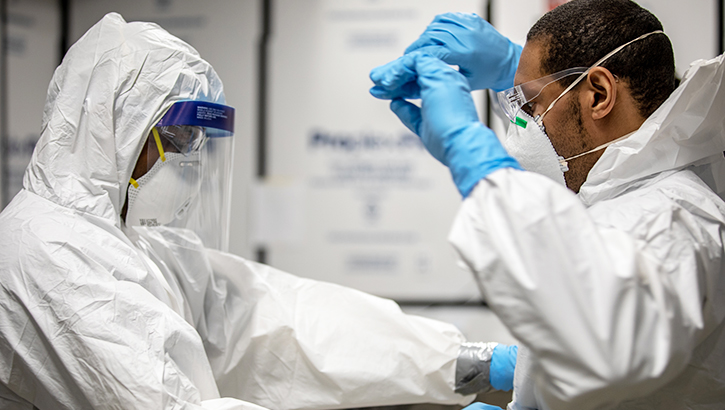
How are patient safety decisions made during the pandemic?
DoD COVID-19 Practice Management Guide Version 3
Technical Document
5/14/2020
This COVID-19 Practice Management Guide has been rapidly and thoughtfully developed by a multi-specialty group of 60 subject matter experts from across the Department of Defense Military Health System. The intent of this publication is to provide clinicians and military medical treatment facilities (MTFs) with best practices based on latest evidence to optimize DoD response to the current COVID-19 pandemic. This Practice Management Guideline consolidates resources and optimizes the management of patients requiring clinical care during the global COVID-19 pandemic.
BAMC infectious disease doc aids Guam's COVID response
Article
5/14/2020
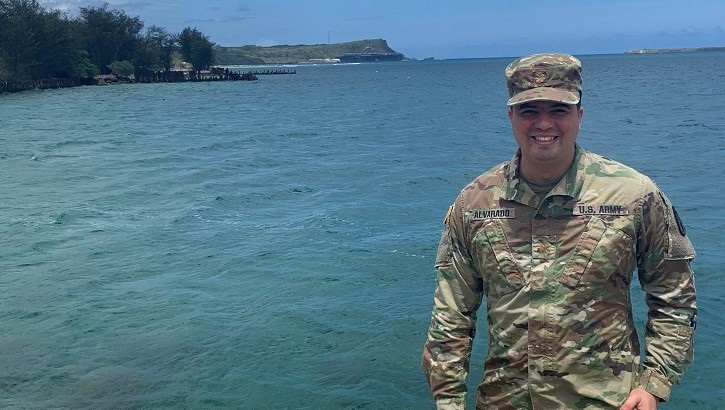
The Navy has since undertaken an aggressive mitigation plan of isolating, quarantining, and treating affected Sailors to keep the ship prepared to execute its mission.
DHA leaders bring expertise to DoD COVID-19 Lab Testing Task Force
Article
5/14/2020
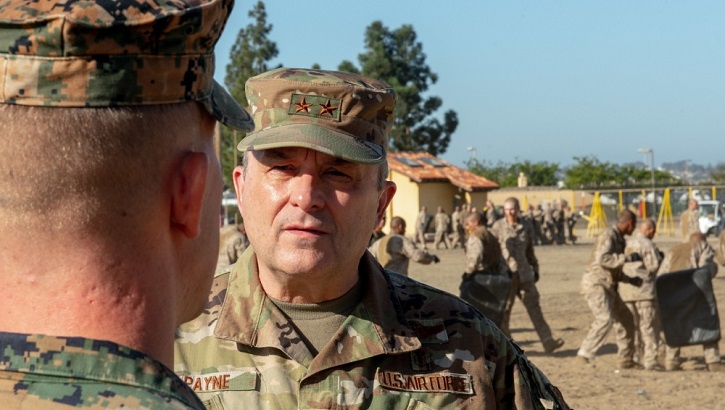
Testing a key next step in the coronavirus fight
Turning on lifesaving trials at Madigan Army Medical Center
Article
5/13/2020
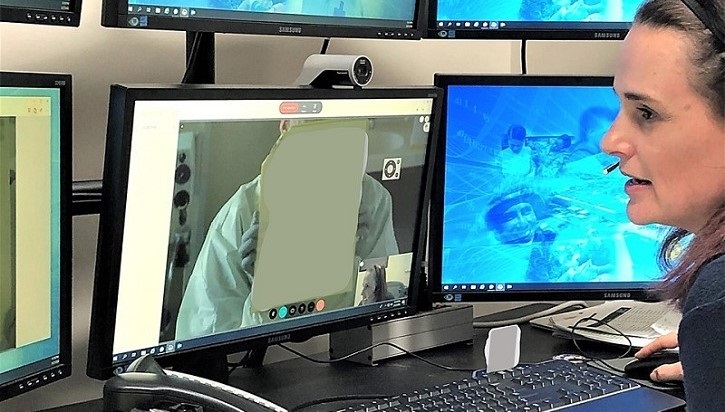
In response to the COVID-19 global pandemic, Madigan is currently supporting nine research protocols designed to address gaps in knowledge.
Graduate Nursing Student Tells of Challenges to Pursuing Doctoral Degree during COVID-19
Article
5/12/2020
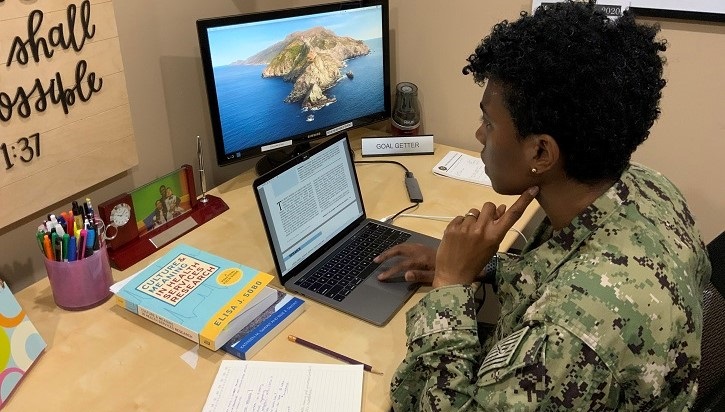
Although graduate work is done independently, much of it requires in-person collaboration and data collection.
US Coast Guard spouse volunteers at Maastricht hospital, saves lives
Article
5/12/2020
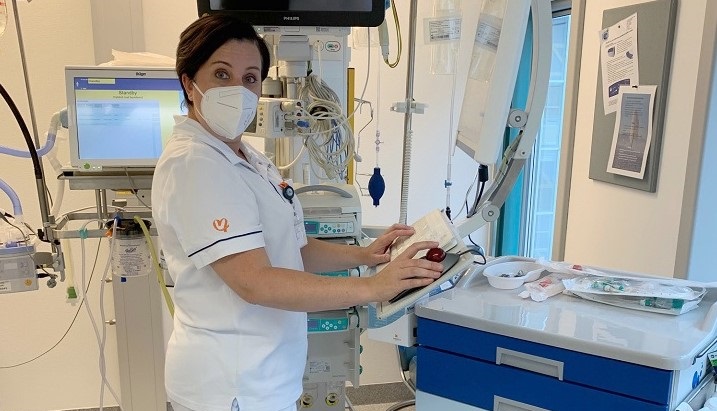
Working at the COVID-19 unit does come at a cost – a personal sacrifice that remains mostly unseen.
From the battlefield to the homefront: MHS nurses continue to serve
Article
5/12/2020
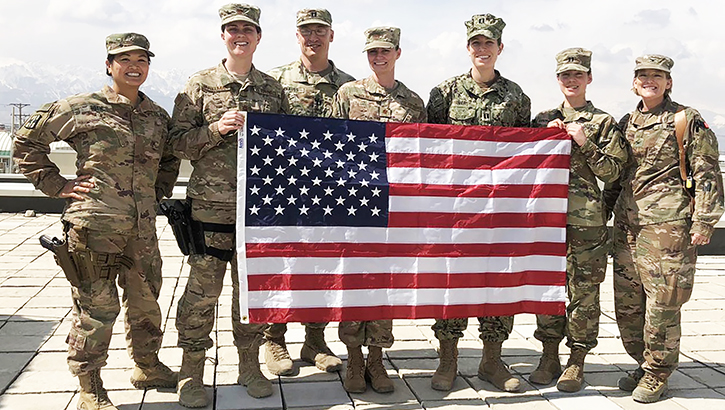
Nurses fill many roles including research, education, leadership
Multi-Dimensional Approach To Intubation In The Setting Of COVID-19 (April 1, 2020)
Video
5/11/2020
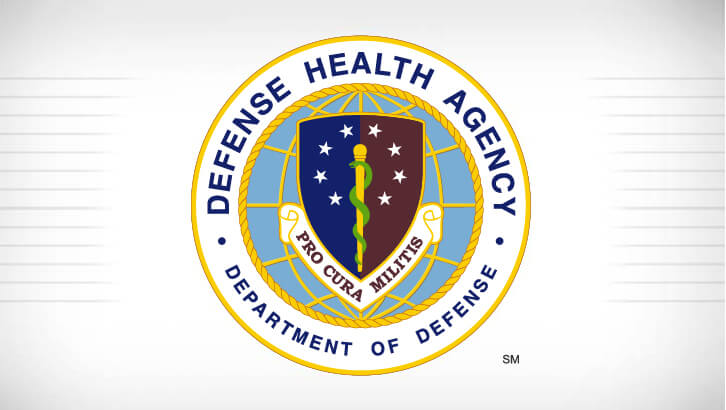
In this video, a doctor and nurse will talk you through preparing to intubate a patient. At the end of the video we highlight some special considerations for intubation in the context of COVID.
Shock Basics for the Non-Intensivist (March 19, 2020)
Video
5/11/2020

Shock Basics for the Non-Intensivist...in the age of COVID-19.
Transport Vent Tutorial (ParaPAC) (March 25, 2020)
Video
5/11/2020

Transport Vent Tutorial - ParaPAC
Sedation and Analgesia in the ICU during COVID-19 (March 31, 2020)
Video
5/11/2020

This video is intended to assist healthcare providers with the care of critically ill patients only. It is to be used as a guide ONLY for patients who have breathing tubes and are mechanically ventilated (on breathing machines). It will introduce you to sedative and analgesic medications that are used in the intensive care unit setting only. It will provide recommendations for use of sedation and analgesia in standard settings, but it will also provide recommendations for use in resource limited






















.png)











No hay comentarios:
Publicar un comentario